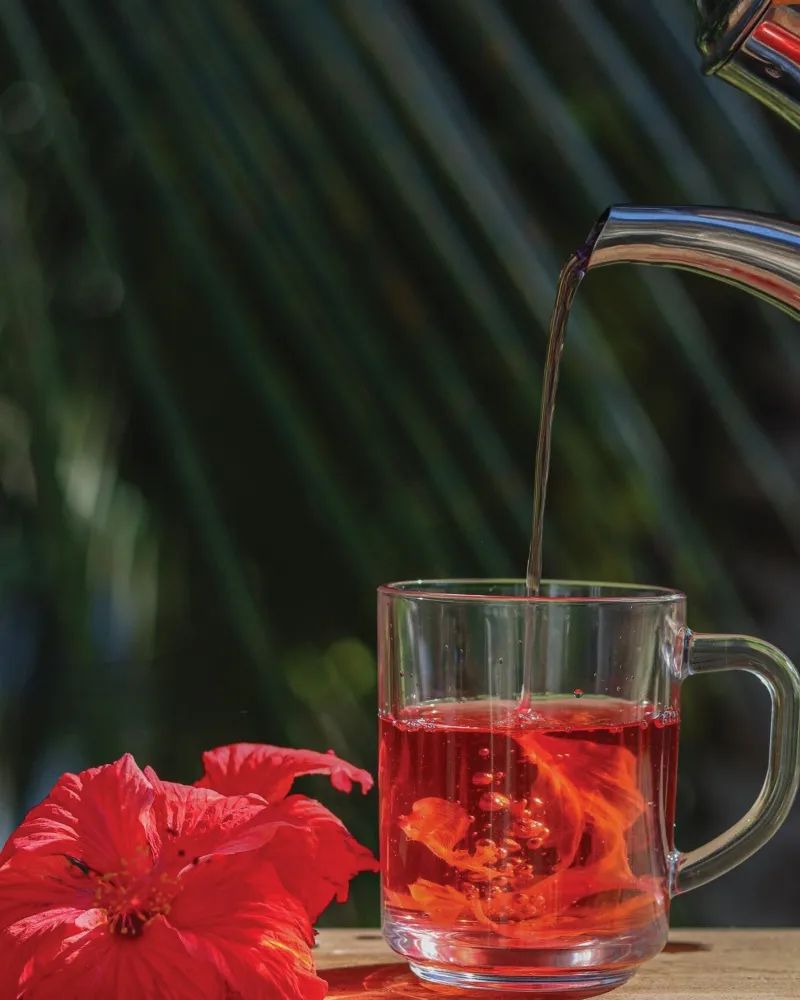
photo by Renata Haidle
From Flower Farm to Table: Cooking with Edible Flowers
May 2022
by renata haidle
It is May, spring is in full swing, and colorful blossoms are popping up everywhere. In greenhouses around town, in our backyards, and, maybe less expected, in our kitchens. If you've never tried adding edible flowers to your cooking and baking, here is a quick guide to get you started.
Which flowers are edible?
The list below is not exhaustive - these are only examples of what is suitable for our area and available from local suppliers.
Zucchini blossoms

The generous zucchini plant is easy to grow, and it rewards the urban gardener with an abundance of flowers and fruit. The flowers are safe to eat raw, but they are not very tasty. To get the most out of their flavor, stuff them with a soft cheese like ricotta or goat cheese and sauté them gently in olive oil. | photo via by Karolina Grabowska Pexels
Nasturtium

The beautiful nasturtium adds an elegant touch to many savory dishes. Its mild peppery flavor is similar to radishes and watercress. You can use both leaves and blossoms in salads and appetizers or to decorate side dishes, desserts, and drinks. | photo by Renata Haidle
Pansies

A common spring bloom livens many front porches, and pansy flowers can be eaten whole. Use them fresh in salads or candied in cakes and other desserts. | Photo by micheile.com || visual stories via Pexels
Roses

This much-beloved flower can be distilled in water or alcohol, used fresh as decoration, or dry in spice mixes and flavored sugar. It is extremely versatile and adds a touch of elegance to food and drinks alike. All varieties of roses are edible. | photo by Renata Haidle
Hibiscus

Hibiscus is a showy bush with large blossoms that come in various shades of red, pink, yellow, and white. The variety you need to look for is Roselle or red sorrel (Hibiscus sabdariffa). Its flowers, rich in vitamin C, are widely used to flavor teas, syrups, sauces, jams, and cocktails. Preserved flowers (dry or in syrup) are available to purchase year-round. | photo by Abdul Sameer via Pexels
Lavender

The use of lavender has been popular for millennia. Traces of it have been found in Egyptian tombs. Ancient Roman and Greek records mention its use as an antiseptic, anti-inflammatory, and mild sedative. Nowadays, it is commonly used in herb and spice mixes such as Herbes de Provence, a Mediterranean blend containing marjoram, savory, rosemary, and oregano, as a preferred addition to meats and rich sauces. You can also use dry lavender to flavor sugar and syrups, teas, coffee, jams, cocktails, and even meringue. | photo by Brigitte Tohm via Pexels
Calendula

Also known as marigold, this bright yellow flower is used for medicinal properties and decorative purposes. Rich in quercetin, an antioxidant and anti-inflammatory, calendula can be added to dishes whole or separated into petals. Calendula extract is a powerful colorant used in butters, sauces, liqueurs, and more. | photo by Renata Haidle
Chamomile

An essential ingredient in soothing tea blends, chamomile can also be used in cooking. The flowers have a mild apple taste and scent. They can be added to salads, risotto, cakes, jams, and ice cream. | photo by Renata Haidle
Thyme, Oregano, and Rosemary

These fragrant herbs are widely used fresh or dry to flavor savory dishes. Their small flowers, usually purple or white, are edible and as enjoyable as the leaves. They are milder in flavor and very decorative. | photo by Alleksana via Pexels
Borage

The star-shaped borage flower has a mild cucumber flavor with a hint of sweetness. Like other edible flowers, they liven up salads when used fresh and provide color to desserts when dried or candied. | photo by Eva Elijas via Pexels
Fennel

This highly aromatic plant is edible in its entirety, the umbrella-shaped flowers included. They taste like licorice and can be used in various sweet and savory recipes. Add fennel flowers and seeds to boiling water for a sweet and soothing infusion. The pollen adds a sophisticated finishing touch to many recipes. | photo by Alesia Kozik
Garlic

Garlic scapes and flowers make a vibrant and tasty pesto when blended with olive oil and can be added raw to omelets or salads.
Chives

Chives are extremely easy to grow and are resistant to cold Montana winters. They reseed themselves in the garden and multiply abundantly. Chive blossoms mimic the mild onion-like taste of the leaves and are a great addition to many savory dishes. | photo by Renata Haidle
Tips for indulging in edible flowers:
- Make sure you identify plants correctly before ingestion. If you're not sure that a flower is edible, don't eat it!
- Always use organic, pesticide-free plants.
- Most edible flowers wilt quickly. Use them as soon as possible, as they will not last long in the fridge.
- Rinse flowers thoroughly before use to eliminate small insects and dirt residue.
Originally printed in the May 2022 issue of Simply Local Magazine
Never miss an issue, check out SLM's digital editions here!





